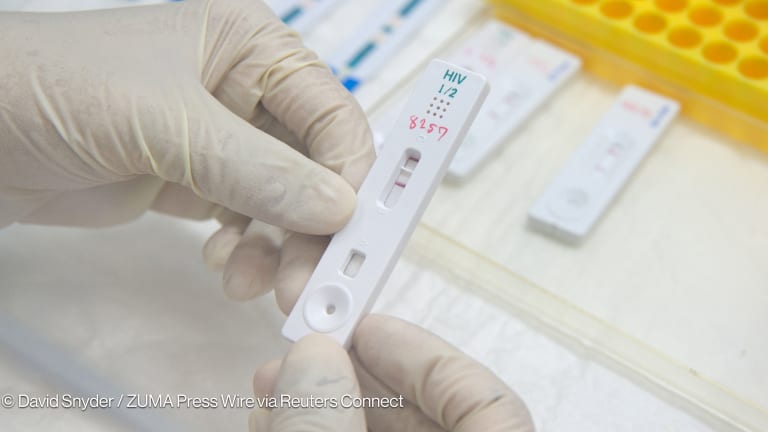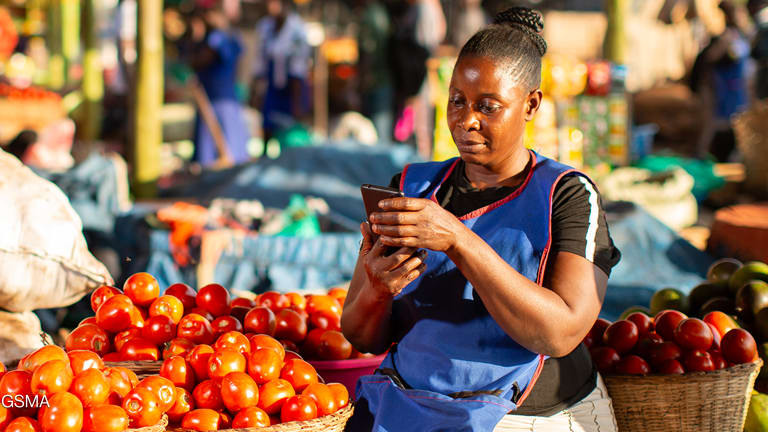In the time it takes to read this article, as many as 10 people will die somewhere on the world’s roads. Add up the numbers and the toll is staggering. For several decades, the number of annual fatalities on the world’s roads has exceeded 1 million. As many as 50 million more people are injured in road crashes every year. Countless family members and entire communities are left reeling in the aftermath.
Road safety does not receive nearly enough attention. Shockingly, road crashes are the world’s leading killer of children and young people aged 5-29. They disproportionately affect low- and middle-income countries, which account for over 90% of traffic fatalities. The economic cost is enormous, too.
The biggest tragedy of all is that road crashes are not inexplicable “accidents.” They are preventable. Millions of lives could be saved with interventions that are proven when used as part of a comprehensive approach: designing streets to protect vulnerable road users like pedestrians and cyclists; mandating vehicle safety standards like electronic stability control; and adopting and enforcing strong policies on key risk factors like speeding and drinking and driving.









